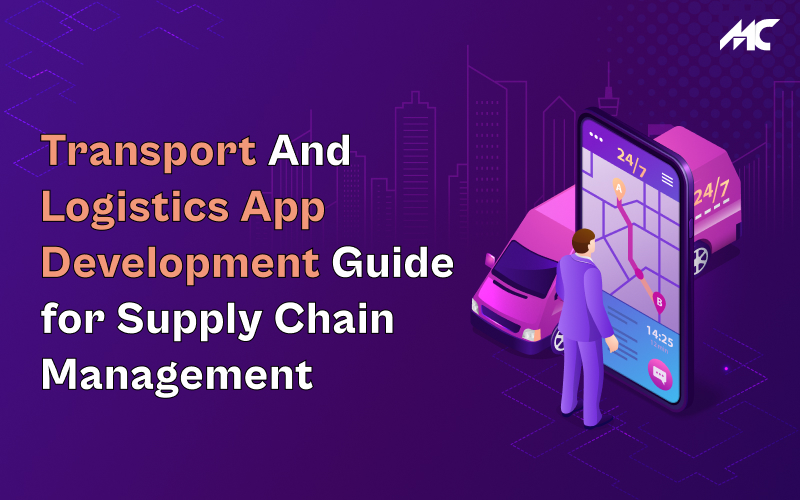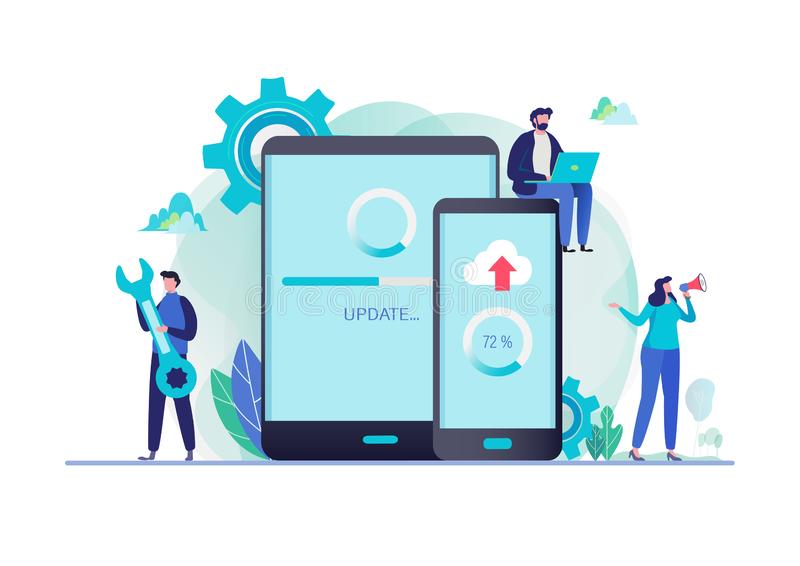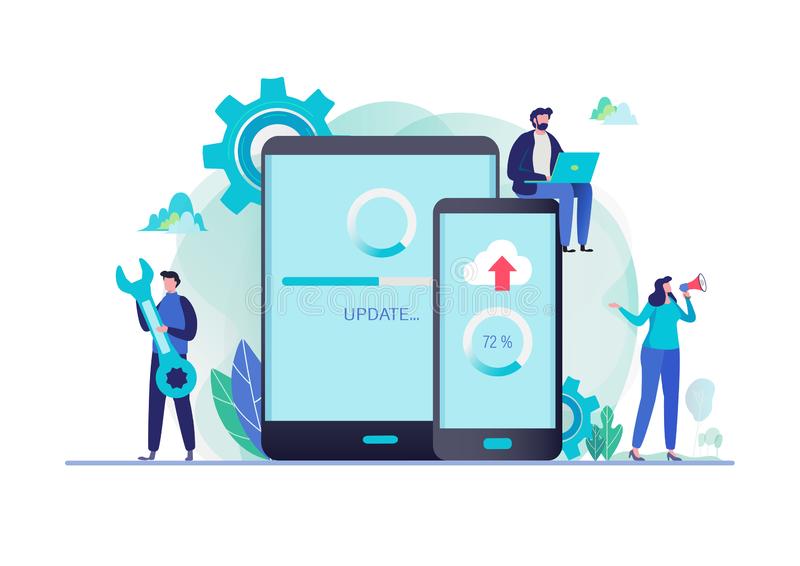5 Things To Ponder Upon When Updating Your Mobile App
Today every app gets its share of fixes and updates and updates have become an essential part of the entire development process for every mobile application development company. Whether you are into Android or iOS application development, it is important to plan ahead for updates as well. Not doing so could send you in a downward spiral; after all, no user likes a buggy app or one that doesn’t incorporate the features that are trending in the market. Having been into mobile app development for a long while now, we have compiled a list of things you must consider before going for updating your mobile app read on.
#1: Should you think of frequency of updates?
This is a very important that you should answer before you begin the process of updating your mobile app. How regular is regular and what should be time duration between such updates is something that many mobile app developers worry about. If you have a lot going on, update at least once a month. We focus on a couple of other parameters too such as the nature of business (whether it is seasonal or not), is there enough content for an update and whether we should focus on user experience aspects and make the app more user friendly and so on.
#2: What are release cycles?
There are lifecycles and release cycles for every app. Once you release an app, what should happen in the first update cycle and consequent cycles matter! We usually focus on bug fixes for our first release cycle whether it is an Android application development or iOS development one. The focus on bug fixes ensures that you pay attention to the pain points of users and that the app is made more user-friendly. This increases the ratings in the play store and app store and bolsters your reputation as well amongst app users.
We also recommend that you pay close attention to reviews and feedback. This will help you touch base with users and make your app more efficient and effective.
#3: What about the nature of the updates?
Should you be sending in a small update or a large one? What about the effort involved and how does one strike a balance between these two? These are some of the typical questions mobile app developers are faced with. Here’s how we recommend that you cope with it and try to balance the two.
Anything that can fit into a development cycle of 2-3 weeks should come as part of your update and this will ideally take about a month or more to go live. This will ensure that you have updates every month! Also, if you are faced with a situation where you actually have to involve something complex, go for smaller updates first and then proceed with the larger one parallel and then finally release it. Once you are done with that, go with another round of bug fixes to ensure that everything is in order.
#4: Don’t forget that you have a user base to target
Every app has its target segments and user base and they form your core. You should look at updates that cater to the needs of this segment first. We recommend that you understand this target base, read the market trends for this group and sync your development and release cycles as per these expectations.
#5: Always keep an eye on competition.
This is true for everything you do when you are in a business and is particularly important when you are in the mobile app business. Set your benchmarks and targets based on the best apps that are relevant to your mobile app’s area and compete with them. Look out for new features and trends and try to incorporate them into your apps as well. This will help you stay on top of competition and stay relevant.
Watch this space for more such blogs about the latest trends and happenings in the world of mobile apps and explore our website for our mobile app development services.
-

 How Much Does It Cost to Build a Store Like Wayfair (Home Decor & Furniture Shopping App)?
How Much Does It Cost to Build a Store Like Wayfair (Home Decor & Furniture Shopping App)? -

 Transport And Logistics App Development Guide for Supply Chain Management
Transport And Logistics App Development Guide for Supply Chain Management -

 Top 10 Most Innovative and Unique App Ideas for Startups in 2023
Top 10 Most Innovative and Unique App Ideas for Startups in 2023










